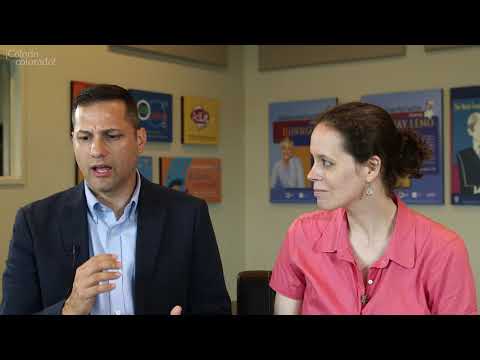Differentiation & RTI for English Language Learners

Each student comes to school not only with unique academic needs but also with unique background experiences, culture, language, personality, interests, and attitudes toward learning. Effective teachers recognize that all of these factors affect how students learn in the classroom, and they adjust, or differentiate, their instruction to meet students' needs.
Here are some strategies for differentiating instruction for your English language learners, as well as ideas for taking students' level of English language proficiency into account when planning instruction.
For more information about using RTI with ELLs who have special education needs, see our section on RTI and dually-identified students.
Featured Articles
- Helping English Language Learners Succeed with a Multi-tiered System of Support (MTSS)
- Using a “Can Do” Approach to Ensure Differentiated Instruction Intentionally Supports the Needs of Language Learners
- ESOL and Special Education Collaboration: A Teacher's Perspective
- Differentiated Instruction for English Language Learners
- Asking the Right Questions: RTI and ELLs
Blog Posts
Related Video
Let’s get it right the first time
ELLs with special education needs are entitled to both ELL and special education services
What makes RTI effective or ineffective with ELLs
Differentiating assignments in a Social Studies lesson
Using technology to differentiate in the classroom
Big trends in the field: RTI and ESL training
Books and Booklists
Research and Reports
Recommended Resources
Videos: Differentiation 101
See more differentiation videos in this series from Larry Ferlazzo and Katie Hull Sypnieski:
- How to Differentiate Instruction (Without Losing Your Mind) (Education Week)
- Differentiating Instruction: It's Not as Hard as You Think (Education Week)
Videos: Response to Intervention With English Language Learners
The RTI Action Network offers instructional video and audio content to highlight some of the important issues related to realizing the potential of RTI. In the first of three new videos, Dr. Janette Klingner offers suggestions across tiers on how to implement RTI with respect to English Language Learners (ELLs), with a special emphasis on enhancing the quality of core instruction. Additional videos address considerations for educators working with ELLS and cultural and linguistic diversity among ELLs.
Differentiated Instruction and Testing Accommodations for ESOL Students
The Maryland Accommodations Manual (MAM) presents processes for use in the selection, administration, and evaluation of the effectiveness of the use of instructional and assessment accommodations for students with disabilities and English learners. While the guidelines are aligned to Maryland's policies as of 2012, this document may serve as a useful reference for ELL practitioners who are reviewing their own strategies and accommodations.
Webcast: RTI for English Language Learners
This webinar from the National Center on Response to Intervention, led by Dr. Julie Esparza Brown, Dr. Amanda Sanford, and Erin Lolich focuses on improving educational outcomes for ELLs through culturally and linguistically responsive implementation of an RTI framework in the area of elementary reading. Specifically, the panelists discus critical considerations to appropriately utilize screening and progress monitoring data with ELL students to improve reading outcomes by addressing the factors that influence ELL students' academic success. A case study is used to illustrate these recommendations with a first-grade ELL student.













